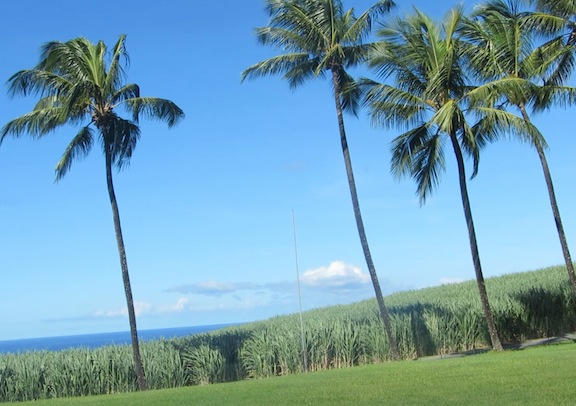IN 1902, the eruption of Mont Pelee destroyed what was one of the great cities of the Caribbean and killed more than 30,000 people.
Today, the town of St Pierre, once the “Little Paris of the Caribbean,” is now the “Little Pompeii Caribbean,” although, woven among pitch-black volcanic ruins is a rather charming French village.
But Mont Pelee remains, towering over the northern portion of Martinique and producing something of a silver lining: rich, marvelous soil for growing sugarcane.
At the base of Mont Pelee is the Chateau Depaz Estate, a sugarcane plantation and rhum distillery with more than three centuries of heritage.
Above: the Depaz estate in Martinique (CJ Photo)
While it’s among the lesser-known rums from Martinique, it has been making a push abroad in recent years, particularly in the United States, where it has been offering up its “Blue Cane Rhum Agricole.”
The Blue Cane comes from the special “blue” sugarcane, generally held to be the most expensive cane to grow.
And this is not like most rhums from Martinique.
True to its name, it has a classic amber colour, with an aroma of caramel and sugarcane. Its flavour profile is dominated by sugarcane, dried fruits, licorice and orange peel, with a smooth finish.
It has a certain kind of drinkability that places it in a unique position between the typical molasses-based rums from the English and Spanish-speaking Caribbean and the traditional rhum agricoles of its home island (and a bit closer in spirit to those from nearby Guadeloupe).
Depaz reaches that perfect nexus between dryness and sweetness — combining the elegance of a classic rhum agricole with that slight, candied hint of sugarcane, always reminding you that you’re drinking something truly special.
We recommend it on the rocks (Although it’s perfectly good neat, too).
Santé!
— CJ

